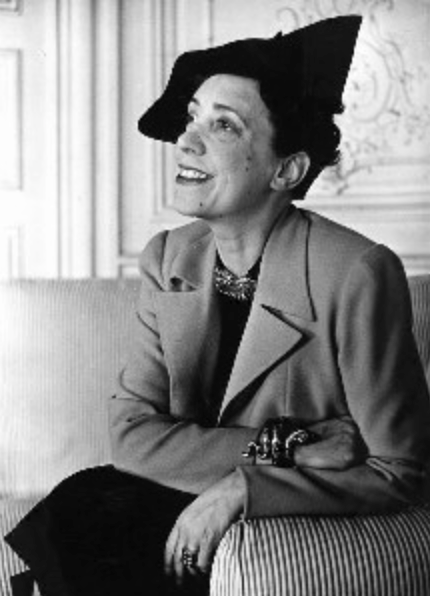talkingfashion
Fashion’s Favorite Gifts
Fashion’s Favorite Gifts By Paige McKirahan Hello TalkingFashion lovers! It is finally December; since its the season of giving, we feel that there is nothing better to give or...
Fashion’s Favorite Gifts
Fashion’s Favorite Gifts By Paige McKirahan Hello TalkingFashion lovers! It is finally December; since its the season of giving, we feel that there is nothing better to give or...

The Fascinating and Visionàire Italian Designer...
Elsa Schiaparelli was an Italian fashion designer who, along with her rival Coco Chanel, is regarded as one of the most prominent figures in fashion between the two World Wars....
The Fascinating and Visionàire Italian Designer...
Elsa Schiaparelli was an Italian fashion designer who, along with her rival Coco Chanel, is regarded as one of the most prominent figures in fashion between the two World Wars....